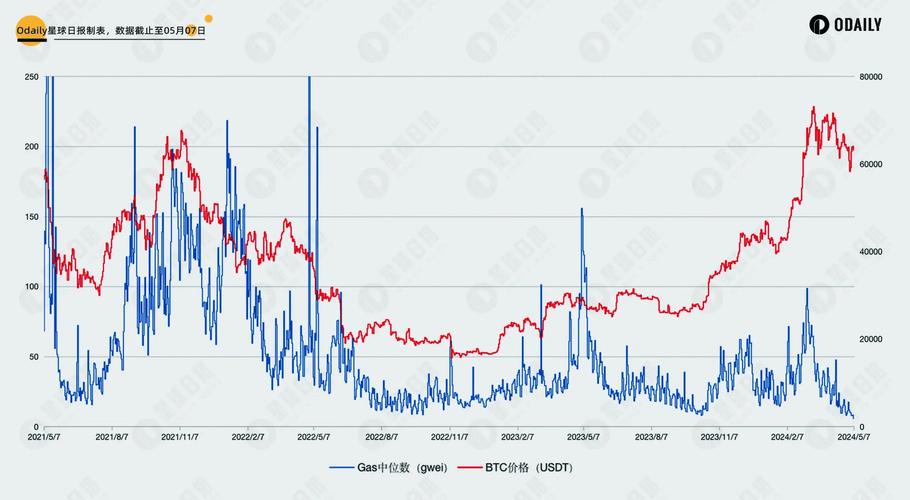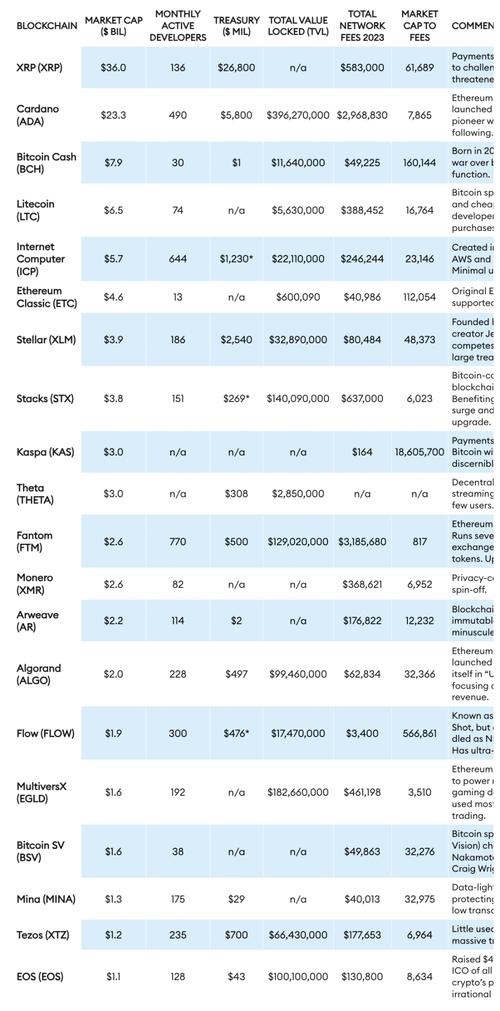
Average Gas Prices: Understanding the Ethereal Factors Influencing Fuel Costs
When you pull up to the pump, the numbers on the gas price sign can feel like a mystery. What goes into determining those average gas prices? Let’s delve into the various factors that contribute to the cost of fuel and how they affect you at the pump.
Market Dynamics
The price of gas is influenced by the global oil market. Crude oil prices fluctuate based on supply and demand, geopolitical events, and economic conditions. Here’s a breakdown of how these factors impact the average gas prices:

| Factor | Description | Impact on Gas Prices |
|---|---|---|
| Supply and Demand | When demand for oil is high, prices tend to rise. Conversely, if there’s an abundance of oil, prices may fall. | Higher demand or lower supply leads to higher gas prices. |
| Geopolitical Events | Disruptions in oil-producing regions, such as wars or sanctions, can cause prices to spike. | Geopolitical tensions often lead to increased gas prices. |
| Economic Conditions | When the global economy is strong, demand for oil increases, pushing prices up. | Economic growth can lead to higher gas prices. |
Refining Costs
Refining crude oil into gasoline is a complex process that involves various costs. These costs include the price of crude oil, refining equipment maintenance, and environmental regulations. Here’s how these factors contribute to the average gas prices:
-
Crude Oil Prices: The cost of crude oil directly impacts the price of gasoline. If crude oil prices rise, so does the price at the pump.
-
Refining Equipment: Regular maintenance and upgrades to refining equipment can increase costs, which are often passed on to consumers.
-
Environmental Regulations: Compliance with environmental regulations can add to the cost of refining, which can also affect gas prices.

Transportation and Distribution
Transporting and distributing gasoline from refineries to gas stations also incur costs. These costs include transportation fees, storage, and insurance. Here’s how these factors contribute to the average gas prices:
-
Transportation Fees: The cost of shipping gasoline from refineries to gas stations can vary based on distance and transportation method.
-
Storage: Gasoline must be stored in tanks at gas stations, and the cost of storage can affect prices.
-
Insurance: Insurance for gasoline storage and transportation adds to the overall cost, which can be reflected in gas prices.
State and Local Taxes
State and local taxes also play a significant role in determining the average gas prices. These taxes vary by location and can significantly impact the final price at the pump. Here’s how taxes contribute to the cost:
-
State Taxes: Each state has its own tax rate on gasoline, which can vary widely.
-
Local Taxes: Some local governments also impose taxes on gasoline, further increasing the cost.
Seasonal Variations
Gasoline prices can vary throughout the year due to seasonal factors. Here’s how these factors can affect the average gas prices:
-
Summer Demand: During the summer months, demand for gasoline typically increases due to higher travel and vacation activity.
-
Winter Blending: Gasoline must be blended differently during the winter months to meet emissions standards, which can increase costs.
Alternative Fuels and Technology
The rise of alternative fuels and advancements in vehicle technology are also influencing the average gas prices. Here’s how these factors are shaping the future of fuel costs:
-
Electric Vehicles (EVs): As EVs become more popular, the demand for gasoline may decrease, potentially leading to lower gas prices.
-
Hybrid and Fuel-Efficient Vehicles:



